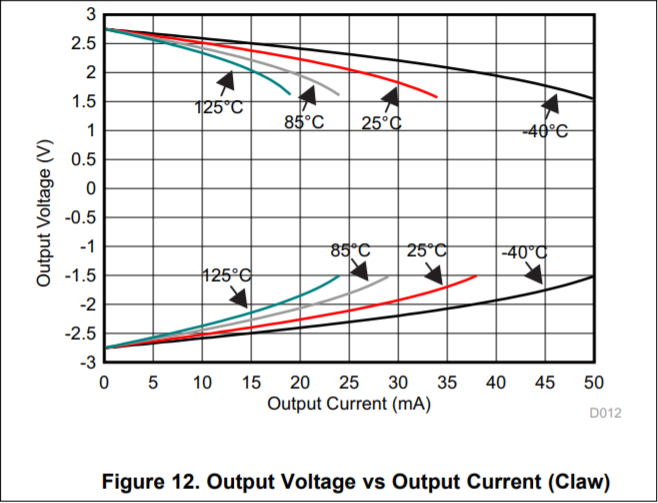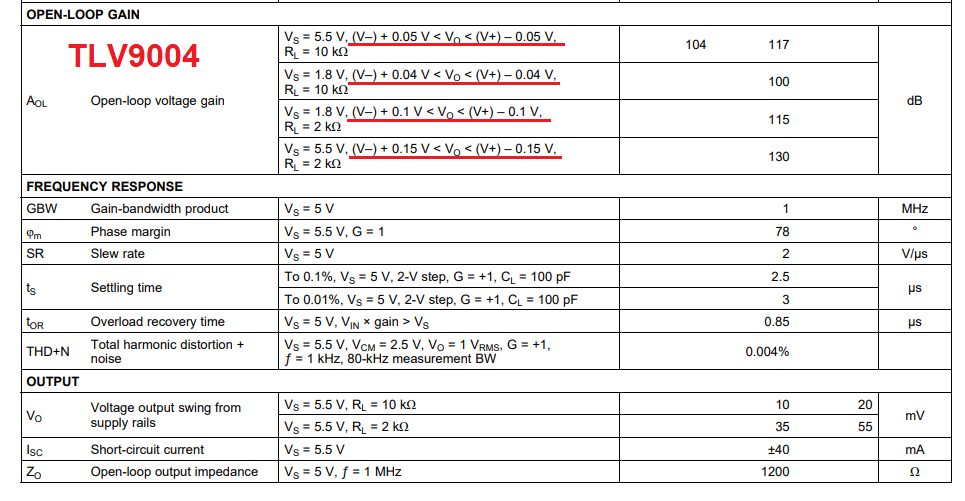Other Parts Discussed in Thread: TLV274, LM7705
Hi team,
My customer is evaluating TLV9004 to replace TLV274. And he needs to confirm the output swing.
The typ. value is 10mV and max. value is 20mV. Will all 4 amps tend to be up to max. value or swing around typ. value or just vary randomly?
Best,
Zeming



